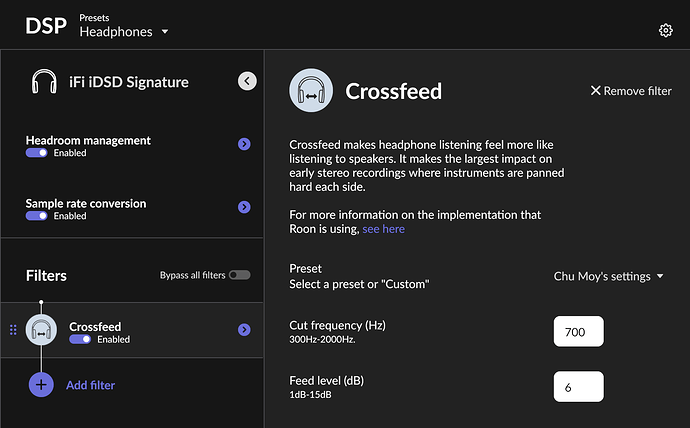
This lead to his use of an output transformer in the Tuba design.Īlthough a transformer increases expense, Jim felt it was more than offset by a more natural and non-fatiguing sound signature. Jim is not a fan of output transformer-less ( OTL) cathode follower circuits, as they have a trade-off between output impedance and stability. The warm tube glow of the Mullard EL84 tubes.

Two different taps on the OPT secondary offer two output impedance levels: A matching output transformer (OPT) offers low distortion and high signal headroom, and supports high or low impedance headphones with dual outputs. The Tuba is designed around EL84 tubes used in a single-ended, zero-feedback, parafeed triode arrangement. This is a departure from the weight and gravitas imparted by a solid aluminum knob that turns like syrup, usually the norm on higher-end equipment. The combination of the light plastic knob and the small potentiometer inside yields an impression of play (slop) and lightness. The knob is depressed to power the Tuba on and off. Really, my only trifling complaint is with the ‘feel’ of the merged volume and power knob. In that sense, sonics are of utmost importance.” – Jim The combination power / volume control, high impedance headphone output and yellow indicator LED. “My goal for each product is to set a new benchmark in terms of performance-per-dollar. Jim and his Trumpet in Hawaii from Stereophile. This was his stepping stone to creating the Trumpet phono stage, and as they say, the rest is history. Around that time, Jim moved to Hawaii and created the VacuTrace, a unique piece of laboratory test equipment that converts an analog oscilloscope into a full-featured vacuum tube curve tracer. He wrote a paper “ On Reference RIAA Networks” for an audio publication in 1995. Somewhere along the way he got diverted into phono stages and came up with the Inverse-RIAA Filter kit. Jim started reading everything available and studied for years before taking the plunge. He saw an opportunity in tube amplification due to many of the older technicians retiring, and few young technicians taking up the torch. In the early 1990s, Jim was considering guitar amplification for his own business.

That’s what I bring to the audio world…” – Jim Everything-position, trace length, RF, digital, it’s all very critical. When you’re up in the megahertz and gigahertz, it’s a different world. “For me, it helps in the audio world, especially doing radio frequency stuff.


 0 kommentar(er)
0 kommentar(er)
